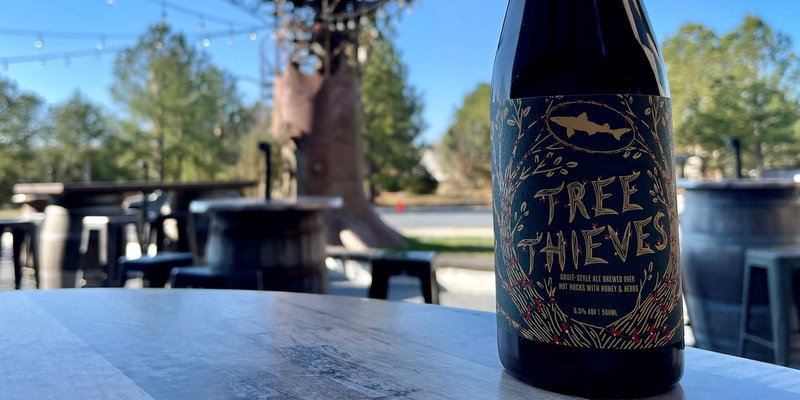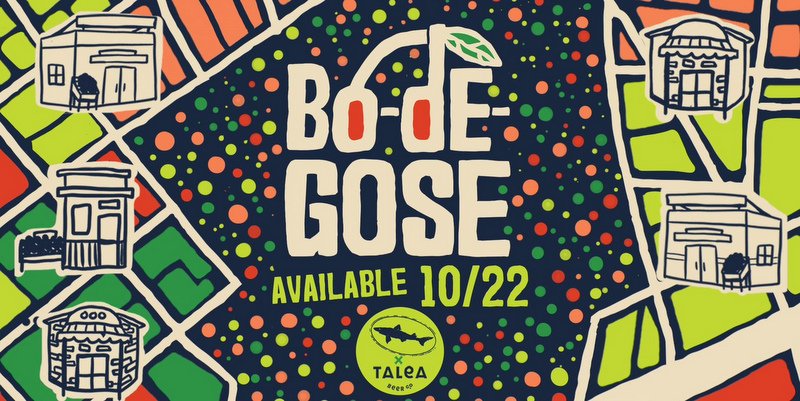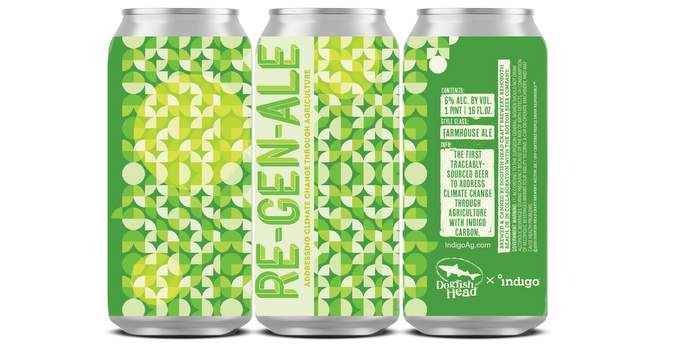“Off-centered” isn’t going far enough when talking about Dogfish Head’s unique beers. While other breweries might tout unique flavors like pomegranate or pumpkin, Dogfish Head brews with everything from scrapple to moon dust. Now, Dogfish Head Founder and President Sam Calagione and University of Pennsylvania Museum biomolecular archaeologist Patrick McGovern are setting off on a heady tour of New and Old World traditions of fermented beverage-making, including the possible beginnings of distillation in pre-Hispanic times in Mexico.
The pair discussed and tasted their first Ancient Ale (Midas Touch), their most ancient chemically attested re-creation from China (Chateau Jiahu) and a Nordic “grog” (Kvasir) during the World Science Festival session on May 28 at Liberty Hall of the Ace Hotel in Manhattan. They then traveled to the New World to sample a modern interpretation of an Archaic-period beverage: A naturally fermented “pulque.” They’ll also discuss the earliest distilled beverage in the world, a “mezcal,” distilled from the pulque.
“Early humans, who arrived from east Asia across the Bering Strait, were chewing on and probably making naturally fermented beverages from New World plants including agave, hog plum, chile, guava, maize prickly pear and others as early as 10,000 years ago at the beginning of the Archaic period,” McGovern says.
Are craft spirits the next craft boom? Read all about it by clicking here.
His recent research focuses on the beginnings of distillation. Chemical analyses of ancient double-chambered pottery jars, from burials in Colima, Mexico, dating to as early as 1,500 B.C., are now in progress, using solid phase microextraction and gas chromatography-mass spectrometry. Biomarkers for agave and other native American plants, which were likely naturally fermented initially, are sought and compared with the results from modern replica pottery vessels in which agave was distilled. Preliminary results suggest that agave was distilled in the ancient vessels to make a “mezcal.” More ancient vessels need to be analyzed before it can be said that these are the earliest distillation vessels ever discovered, predating the arrival of the Spanish and Filipinos by nearly 3,000 years, who brought the Mediterranean and Asian traditions of stills with them.
Armed with McGovern’s chemical, archaeobotanical, archaeological and ethnohistorical findings and more than 15 years of experience resurrecting ancient fermented beverages, Dogfish created modern interpretations of an early Archaic pulque and two late Archaic pulque-based spirits or mezcals.
“Combining the best research available and our access to off-centered ingredients, we set out to create three liquid time capsules,” Calagione says. “According to early Spanish chroniclers, the ancient Aztec god for pulque is Ometochtli. Ometochtli means ‘two-rabbit’ in ancient Aztec, and he was often represented as a rabbit. Pulque was ceremonially served in double-headed rabbit jars and drunk with long reed straws. The name stuck, and we chose ‘Two-Rabbit’ to represent our modern versions of the ancient beverages.”
To re-create the pulque, Calagione and McGovern mashed and fermented a combination of agave syrup, prickly pear, guava fruit, jalapeño chiles smoked and dried over mesquite wood as chipotle, mesquite pods and chewed maize (compliments of Calagione and his Dogfish co-workers).
Two-Rabbit Pulque, which was fermented with a cocktail of wild yeasts, has an aroma filled with citrus, berries, pear and jam, with hints of smoke and pepper as it warms. The taste is fruity before notes of cocoa and nuts take over, then finishes with a bit of heat from the pepper.
The two Archaic mezcal re-creations were done on Dogfish Head’s pilot distillery. Using the Two-Rabbit Pulque as the starting ferment, or wash, Dogfish ran a single pass on its 200-gallon pot still. The result is a spirit with subtle smoked grains and hot pepper on the nose, backed by sweet fruit with undertones of bubblegum and pear. The taste is smoky up front, like traditional mezcal done over an open fire, with a mid-palate of corn (think unaged bourbon). It finishes with a lingering sweet richness from the corn and fruit, while a mild heat from the peppers cuts through. Dogfish bottled Two-Rabbit Spirit at a lower 60 proof to mimic its ancient cousin, which would have been unable to reach higher alcohol levels.
Native domesticated fruits and other natural products are to be expected in an Archaic beverage. They provided additional sugars and special tastes, offsetting any harsh flavors from a more primitive, less controlled distillation. Even today in Mexico, all kinds of traditional fruits and spices are added to pulque (curado) and, to a more limited extent, mezcal (pechuga). By contrast, modern refined tequila and even traditional mezcal are more specialized, purer spirits.
To come even closer to what native Americans might have created in their double-chambered jars at Colima, Dogfish then produced a second version of this extreme spirit by further macerating and aging the distillate on prickly pear and agave. Prickly pear and guava flavors take center stage in this second spirit, with more nuanced base flavors. The abundant sugars from the fruit help mask the heat of the spirit. Two-Rabbit Spirit Fruta is also bottled at 60 proof.





Deep dive into Dogfish Head’s new ancient beer spirits http://t.co/yQuAQdcJ2R
“Deep dive into Dogfish Head’s new ancient beer spirits” http://t.co/r1te0z1ZNK http://t.co/dfeVZEYKvc
Deep dive into Dogfish Head’s new ancient beer spirits http://t.co/ty9wbpioix via @craftbrewingbiz